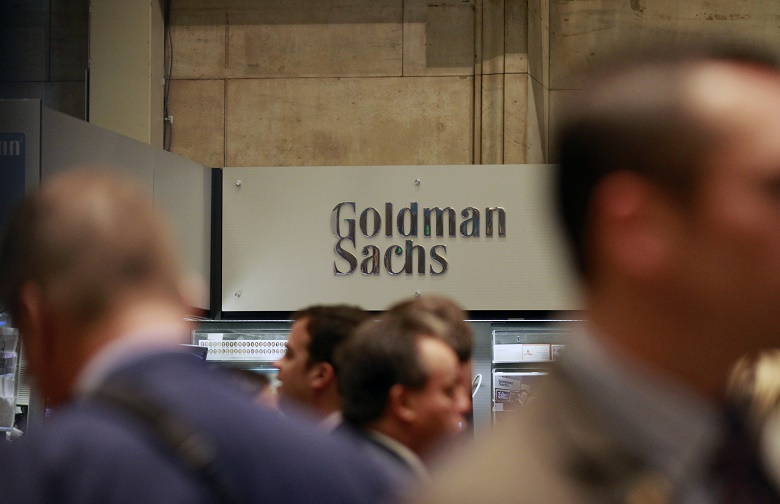It took 20 years, but Goldman Sachs finally held an investor day. Was it worth the wait?
Financial targets – multi-year targets! – were unveiled, although they were largely a recasting of an earlier promise to drum up an incremental $5 billion in revenue from a combination of the development of old businesses, investment in new ones and efficiencies across the firm.
There was talk of culture, diversity and client-centricity – a “north star” now guiding the firm’s strategy. There was recognition of missteps in the past, particularly in trading. There was a renewed commitment to integrity: 1MDB did not go without mention.
There was also the spectacle of a parade of Goldman bankers on stage presenting to analysts. It gave a human face to a firm infamous for its disdain for engagement with the outside world.
But was it Goldman? And what is Goldman anyway?
Diversification dilemma
In 1993 Euromoney posed the same question, asking which was the real face of the firm: the aggressive, no-holds-barred capital markets and trading prize-fighter or the sophisticated adviser of choice that had smoothly transformed its M&A business into a rounded operation that could serve clients better than any rival.
Some things haven’t changed. In 2020, as in 1993, those in the firm and outside it cite its people as the differentiator. The history runs deep. At the investor day, chief executive David Solomon referred to the 14 business principles that former chairman John Whitehead drew up back in 1979. His colleagues all spoke of heritage.
Other things are changing, however. A lot has been said of Goldman’s forays into consumer and corporate banking. It might be trying to be a new JPMorgan, the talk goes. But for the moment the more appropriate comparison might actually be with the other Morgan.
In the wake of the financial crisis, Morgan Stanley chief executive James Gorman has transformed and diversified his firm. He not only overcame challenges similar to those Goldman has faced in fixed income sales and trading but turned that business into one that is more profitable than before.
It’s notable that Goldman’s revenue diversification in fact still lags Morgan Stanley’s position in 2006, particularly in asset and wealth management. Back then Morgan Stanley’s investment banking and markets businesses accounted for 63% of overall revenues, a level that has fallen to 49%.
Goldman is at 61% now. It has an awfully long way to go before it looks like a universal bank.
So what of the changes that Goldman has in mind? One is filling in the few areas where its formidable investment banking franchise falls short of rivals. Debt capital markets underwriting is an obvious one, but it will be difficult to resolve that in investment grade, the area where it lags, without a hefty step up in relationship lending.
And whatever it can do to boost its already strong positions in investment banking will hardly move the overall needle, given that advisory and underwriting fee revenues account for less than one fifth of the bank’s overall revenues.
Transaction banking is certainly an opportunity, given the fragmented nature of that industry and its vast scale. Solomon and others are of course correct to observe that even a tiny fraction of a very big addressable market is still a meaningful amount. Even so, it must surely have been hard for investment banking co-head Gregg Lemkau to profess to be so excited by the prospect of a 1% market share there. How times have changed.
Less different, less special
For all the talk at the investor day, what went largely unsaid was the obvious conclusion to draw from its very existence – that the Goldman Sachs of 2020 thinks it needs to justify what it is doing to the outside world. That might be common at rivals, but Goldman has always done things differently. It will not be so different any more.
That carries risks. Whatever Goldman ends up looking like may not matter half as much as the fact that it will look less like Goldman. And it doesn’t matter how often its executives say that its medium-term targets are just a starting point: for the moment they are all there is to go on and they are modest.
The bank is hanging a lot of the confidence in its new initiatives on the strength of its legacy businesses. But those were built on the perception of Goldman as something different, something special. Take that away and that heritage could be in danger.


 Signal2forex.com - Best Forex robots and signals
Signal2forex.com - Best Forex robots and signals




